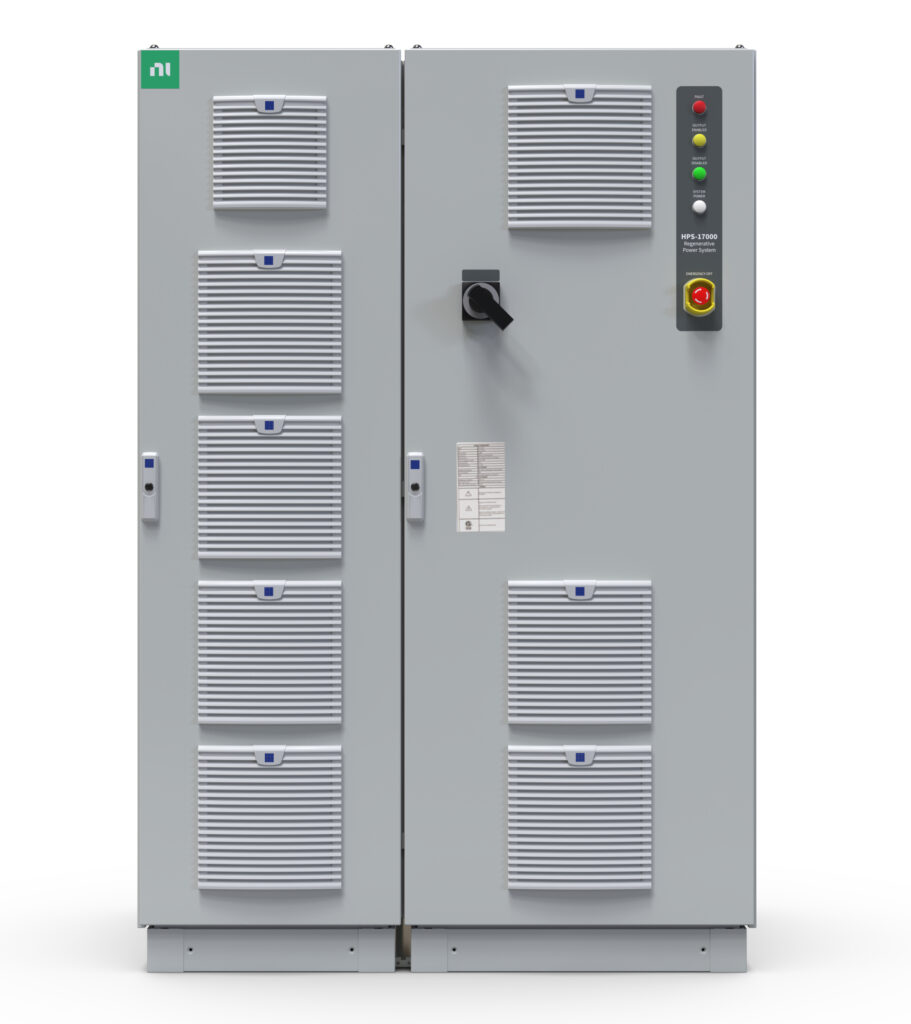A new high-performance battery cycler has been developed by National Instruments. The 150kW High Power System-17000 (HPS-17000) is the company’s most flexible, enabling developers who are locked into big, standalone racks to easily scale their resources. It is also the supplier’s highest voltage cycler, and as such, supports analysis of current EV architectures but is also designed to cater for future higher voltage variants that may emerge.
Part of its appeal is also said to be that it enables synchronization down to the microsecond. In addition, it features a modular design, which means battery labs can upgrade performance with scalability and increased layout flexibility, and lower their maintenance costs. “The HPS-17000 pushes the performance boundaries of NI’s cycler portfolio even further, providing our customers with all the tools they need to test their EV batteries at the scale they require,” commented Piet Vanassche, chief engineer of NI’s EV test systems. “By using NI’s software capabilities, hardware design expertise and modular approach, customers can scale their labs, maximize uptime and improve their test performance with a sub-ms dynamic response, and future-proof their battery validation labs.” For applications beyond battery cycling, such as inverter testing or analysis using a dynamometer, the HPS-17000 encompasses standardized power- and application-specific breakout sections in the cabinet, which is stated to lower the cost of service across applications, making it possible for local service technicians to act quickly should a malfunction occur. Time-sensitive networking technology enables multiple HPS-17000s to synchronize to within the microsecond, so cyclers positioned tens of meters apart can reliably operate in parallel, giving engineers more freedom to reconfigure their test setups and move equipment around the lab to maximize asset use and optimize their test. This synchronization extends to high-accuracy current and voltage sensor units so battery design and test engineers can readily correlate cycler actions with external measurements, at microsecond-level resolution, helping them set up, execute and report on an evaluation faster and with less effort.


